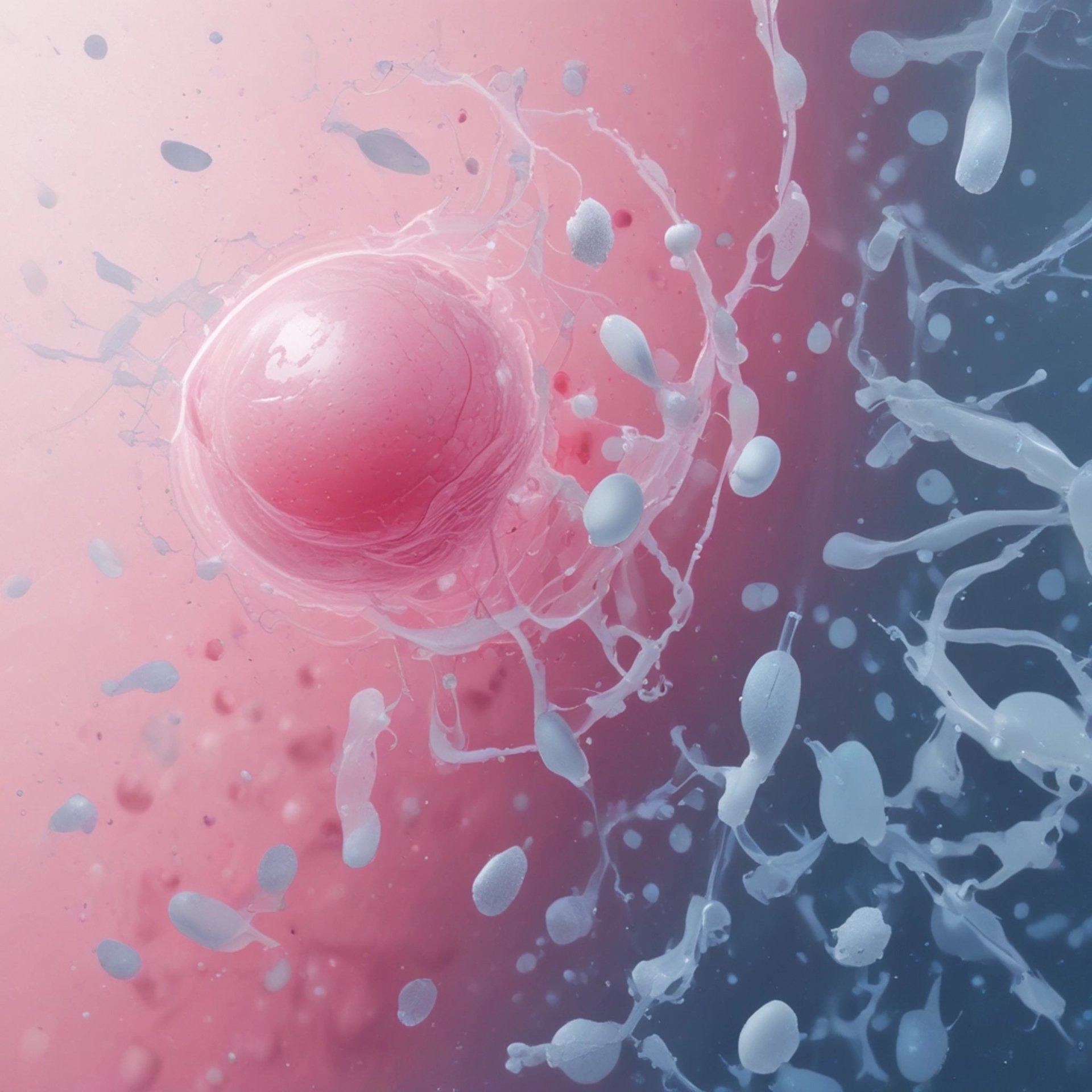Microplastics in Ovarian Fluids: Study Insights
Discover a recent Italian study that highlights the presence of microplastics in ovarian fluids and its significant implications for reproductive health. Learn about the environmental impact of microplastics on human health.
4/25/20252 min read

Introduction to Microplastics and Reproductive Health
In an age where plastic seems to be an inseparable part of our daily lives, a recent Italian fertility study has unveiled a troubling new aspect of plastic pollution: the presence of microplastics in human ovarian follicular fluid. This shocking revelation raises vital questions about the intersection of environmental pollution and women's reproductive health, warning us that the microplastics we produce and consume may actually be entering our bodies and affecting our fertility.
The Italian Fertility Study: What We Learned
The study, conducted by a team of researchers at an Italian university, involved analyzing the follicular fluid of women undergoing fertility treatments. Alarmingly, microplastics were detected in significant amounts. This finding has rapidly gained attention in the scientific community, sparking debates surrounding the potential health risks associated with microplastic exposure. Of particular concern are the effects on hormone regulation and overall fertility, as microplastics may disrupt endocrine functions in the body.
Effects on Women’s Reproductive Health
Microplastics are tiny plastic particles that come from various sources, including worn-out tires, synthetic clothing, and the breakdown of larger plastics. These particles are not just environmental pollutants; they can enter our bodies through various pathways. Once ingested or inhaled, microplastics can accumulate in vital organs, including the reproductive system.
Research suggests that microplastics can act as endocrine disruptors, mimicking hormones and interfering with normal hormonal functions in women. This disruption can lead to a host of reproductive issues, including irregular cycles, reduced fertility, and in some cases, complications during pregnancy. Given that the ovarian follicular fluid plays an essential role in nurturing eggs and regulating reproductive health, the implications of these findings cannot be overlooked.
Reducing Exposure to Microplastics
As awareness grows around this significant health concern, it is vital for individuals, particularly women, to take proactive steps to reduce their exposure to microplastics. Here are some practical tips that can be easily incorporated into daily life:
Avoid using plastic containers for food storage. Opt for glass, stainless steel, or silicone alternatives instead.
Choose natural fibers when possible. Cotton and wool are excellent alternatives to synthetic fabrics which shed microplastics when washed.
Limit the use of cosmetics and personal care products containing microbeads, which are tiny plastic particles often found in scrubs and exfoliators.
Stay informed about your environment and advocate for policies aimed at reducing plastic pollution in your community.
By adopting these strategies, we can collectively help mitigate microplastic exposure and its associated health risks.
Concluding Thoughts
The discovery of microplastics in human ovarian follicular fluid serves as a wake-up call for all of us, highlighting the urgent need for awareness, lifestyle changes, and rigorous research into the health impacts of plastic pollution. As we continue to confront this growing environmental challenge, let us recognize the importance of safeguarding our reproductive health. Together, we can push for a future with reduced plastic reliance and better health outcomes.
